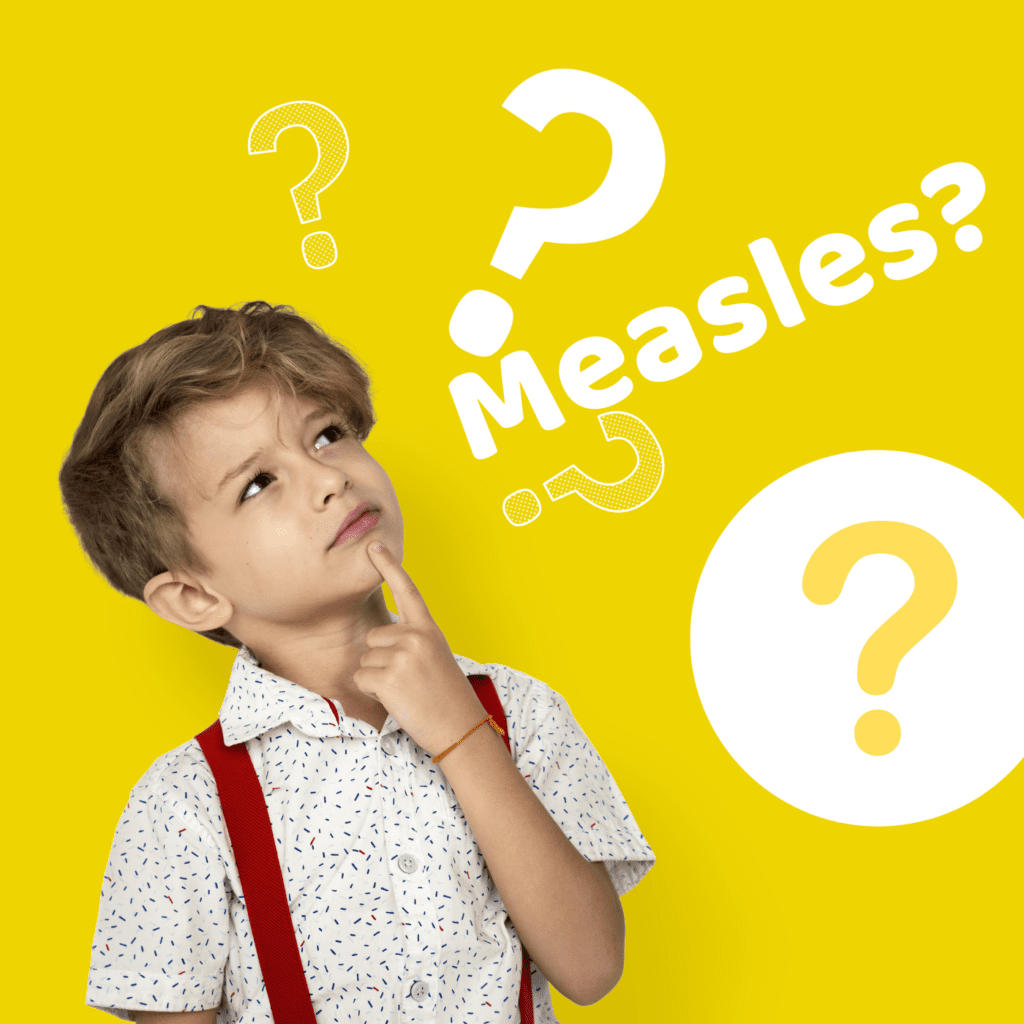MEASLES VACCINE & HERD IMMUNITY: THE HISTORY
by guest poster A. Fujito
Merck initially promised lifetime immunity from a single shot.
The CDC still bolsters this claim, in spite of evidence to contrary: “People who received two doses of MMR vaccine as children according to the U.S. vaccination schedule are considered protected for life.” https://www.cdc.gov/vaccines/vpd/mmr/public/index.html
The vaccine, introduced in 1963, was expected to result in eradication of measles by 1967, based on a level of immunity above 55%.
Epidemiological Basis for Eradication of Measles in 1967 David J. Sencer, M.D., Bruce Dull, M.D., Alexander D. Langmuir, M.D.
“Examining evidence from the point of view of immunity, it is evident that when the level of immunity is higher than 55 percent, epidemics did not develop. This is an estimate of the threshold of herd immunity providing protection to the city from a measles epidemic.”
https://www.ncbi.nlm.nih.gov/pmc/articles/PMC1919891/pdf/pubhealthreporig00027-0069.pdf
It never happened.
“When measles failed to be eradicated, public health experts decided that a 70% or 75% vaccination rate would secure herd immunity. When that proved wrong, the magic number rose to 80%, 83%, 85%, and then it became 90%, according to a 2001 Health Services Research report. Later health experts commonly cited 95%.
But that too was insufficient — measles outbreaks occur even when the vaccinated population exceeds 95%, leading some to say a 98% or 99% vaccination rate is needed to protect the remaining 1% or 2% of the herd. But even that may fall short, since outbreaks occur in fully vaccinated populations.” — Lawrence Solomon, Junk Science: Vaccinating the Herd
You can see that the assumed “herd immunity” numbers fit the yearly uptake rates — which exposes the flaw in the assumption, year after year.
Vaccine uptake for MMR by year
Here are the vaccine coverage levels from 1974 through 2016, as per the CDC
Year % vaccinated
1974 63.4
1975 65.5
1976 66.3
1977 65.0
1978 63.6
1979 66.5
1980 66.6
1981 66.8
1982 67.6
1983 66.3
1984 65.8
1985 61.2
1986 – 1990 CDC says no data (with no explanation)
1991 82
- 82.5
1993 84.1
1994 89
1995 87.6
1996 97
1997 90.5
1998 92
1999 91.5
2000 90.5
2001 91.4
2002 91.6
2003 90.3
2004 90.3
2005 91.5
2006 92.4
2007 92.3
2008 92.1
2009 90.0
2010 91.5
2011 91.6
2012 90.8
2013 91.9
2014 91.5
2015 91.9
2016 91.1
*Previously reported as measles-containing vaccine (MCV)
†No national coverage data were collected from 1986 through 1990. §In 2008, data are for PCV4+.
Combined 4-3-1: Four or more doses of DTP/DTaP/DT, three or more doses of poliovirus vaccine, and one or more doses of any measles-containing vaccine.
Combined 4-3-1-3: Four or more doses of DTP/DTaP/DT, three or more doses of poliovirus vaccine, one or more doses of any measles-containing vaccine, and three or more doses of Haemophilus influenzae type b vaccine.
Data prior to 1993 were collected by the National Health Interview Survey and represent 2-year-old children. Data from 1993 forward are from the National Immunization Survey and represent 19-35 month-old children. Different methods were used for the two surveys.
Data are available for combinations of vaccines not reflected on this table. For more information about annual coverage figures from 1994 to the present, see http://www.cdc.gov/vaccines/stats-surv/nis/default.htm.
This document can be found on the CDC website at:
http://www.cdc.gov/vaccines/pubs/pinkbook/downloads/appendices/G/coverage.pdf
Feb 2011
https://www.cdc.gov/vaccines/pubs/pinkbook/downloads/appendices/appdx-full-e.pdf

